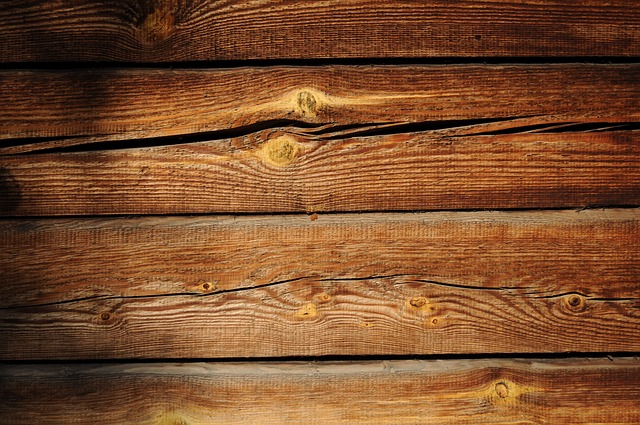All about decking materials
Top quality decks should be built by expert hands from the finest materials. Here are some pros and cons of the most common types of decking material.

Building or renovating a deck is one of the best ways to spruce up your home. A great deck not only amps up the appeal of your house, but it’s also a great spot for hosting fun barbecues, enjoying lazy weekends, and entertaining your guests.
An average deck on ServiceSeeking.com.au is priced at about $3600, while premium decking can cost around $6800, so you definitely want to build one that will last for a long time. Top-quality decks should be built by expert hands from the finest materials. Here are some pros and cons of the most common types of decking material.
Softwood
Pressure-pre-treated softwood remains to be the top decking choice for many Australians, and it’s not difficult to see why. Quality pressure-treated softwoods such as pine are affordable, rot-resistant, and quite easy to work with. To make your softwood decking last, you have to ensure that you maintain it properly. Wash, seal and stain it yearly or once every two years to keep it in good condition. If you plan on using softwood for your deck, be sure to get it to undergo a government-approved timber treatment.
Hardwood
Although it’s pricier than softwood, hardwood is preferred by some people because of its gorgeous appearance and awesome durability. Hardwoods such as jarrah, red mahogany, and spotted gum are naturally resistant to rot and weathering. Plus, they can last for up to 15 to 20 years without too much maintenance. This material is quite difficult to handle, though, so you will definitely need an expert to install hardwood decking. Hiring a licensed carpenter will cost you about $50 per hour, but they can ensure that your decking is built properly.
Composite
Over the past couple of years, composite decking has become quite popular. Wood and plastic composites are typically made from recycled wood, plastic, and resin. This makes them denser and more eco-friendly than natural timber but just as easy to work with. High-quality composites are resistant to the usual enemies of wood, like rot, splintering, and fading. They’re also practically maintenance-free! Composite is more costly than natural timber, though, so be prepared to shell out a good chunk of money if you want to build a composite deck.
Vinyl
Vinyl, another low-maintenance decking option, is usually made of rigid PVC with some recycled materials. They cost much less than composites and don’t require waterproofing, staining, or regular maintenance. Many of them are also treated with UV protection, so they are both rot-free and weatherproof. However, vinyl is not h4 enough to structurally support a deck, so they should be held up by posts, clips, and snaps. Also, even though most of them are made to look like wood, they still don’t look quite as good.